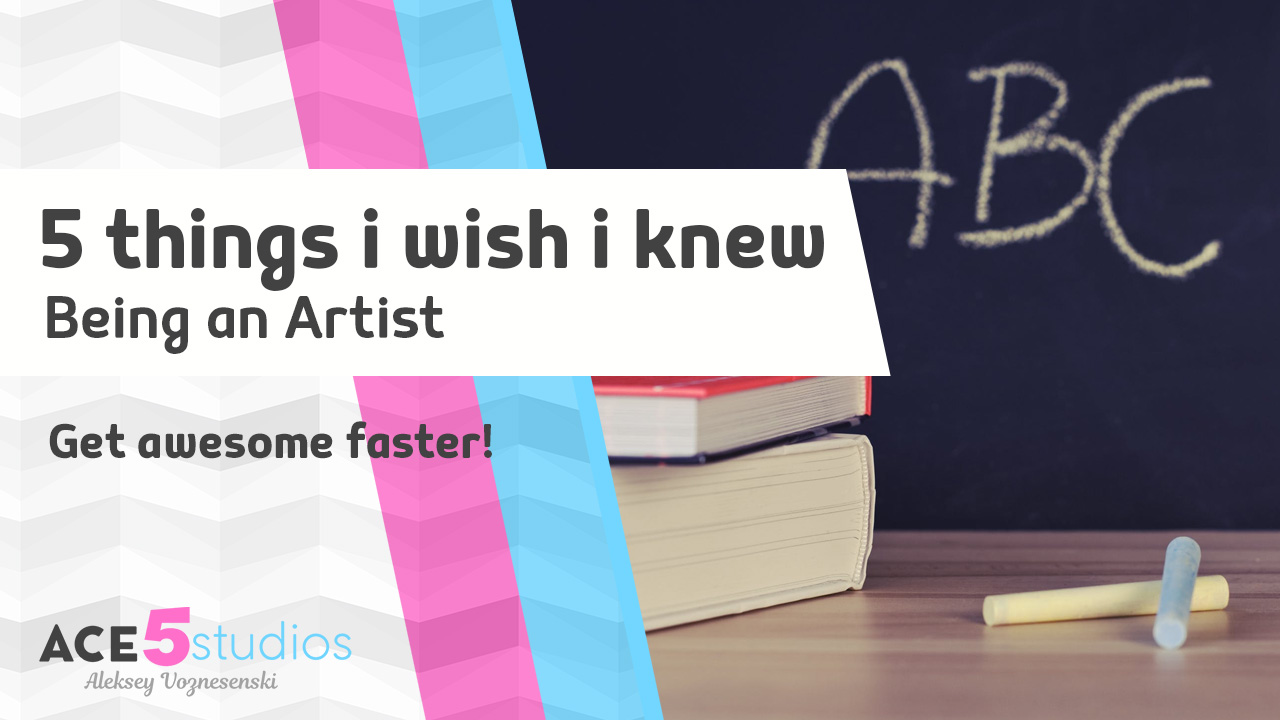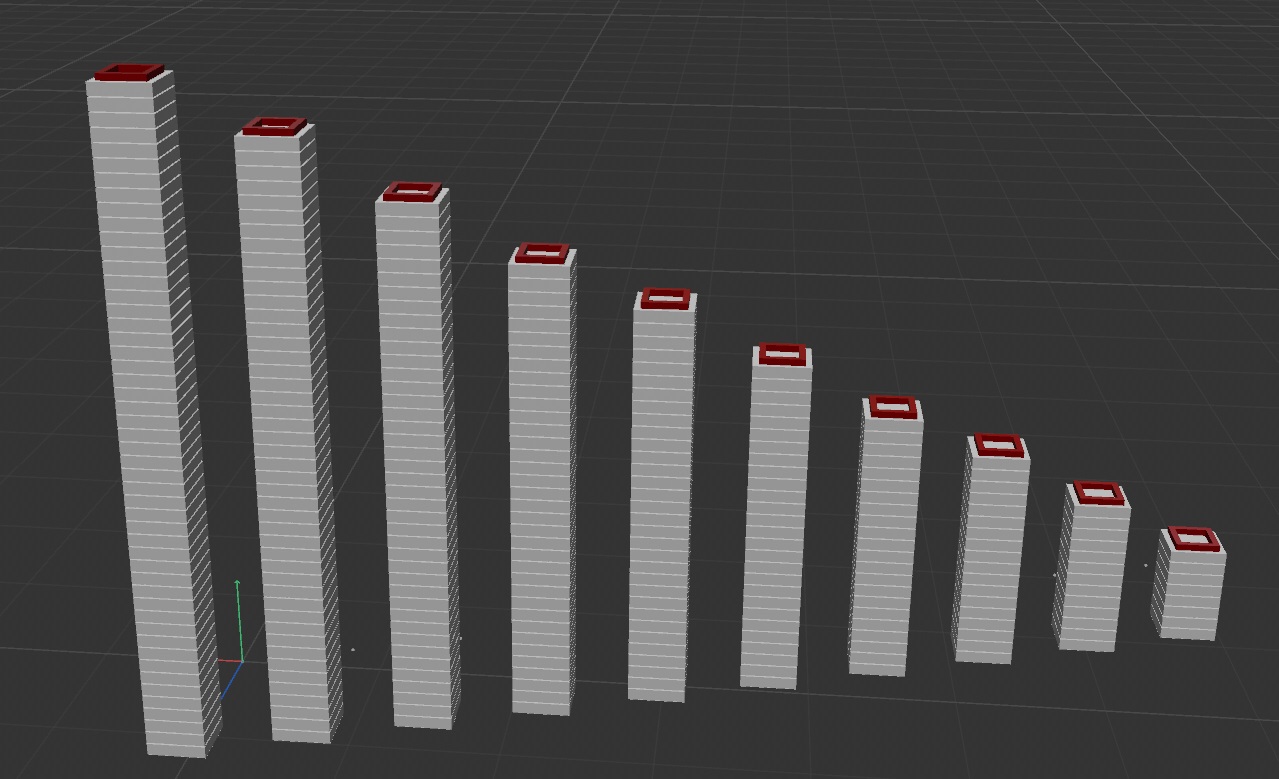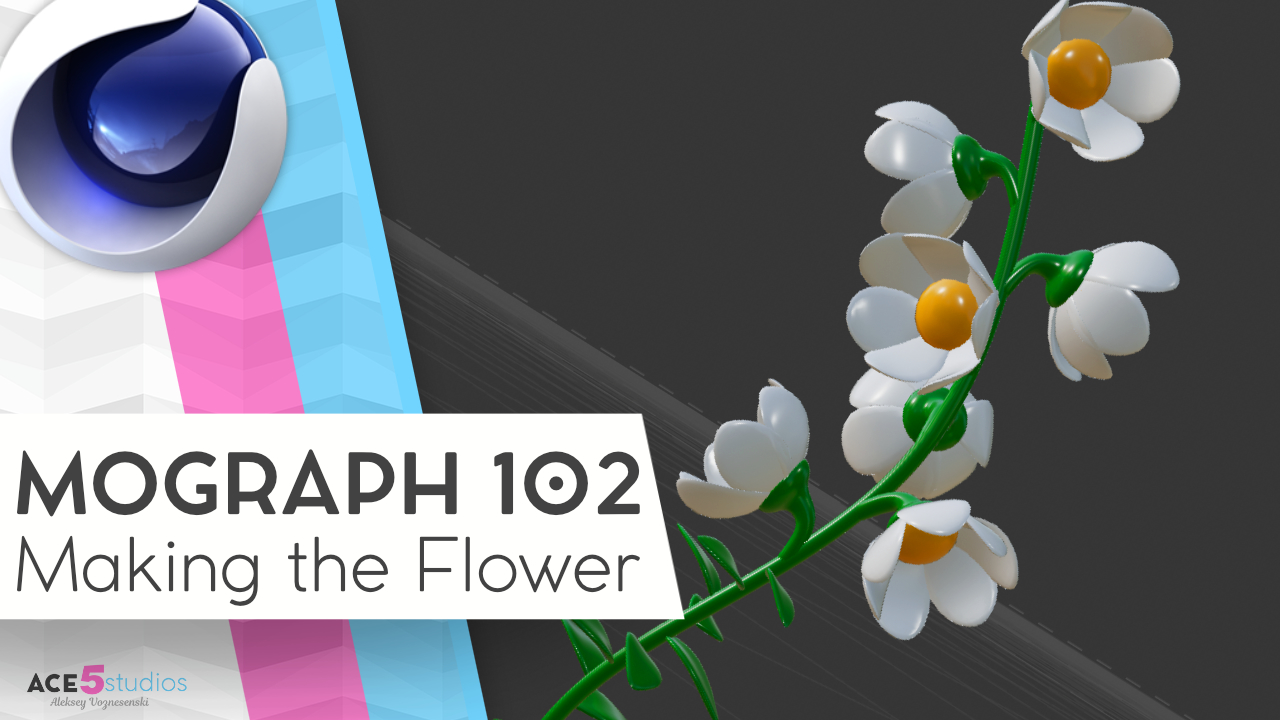People often ask where to start and what to do to become a 3D artist like me.
Im not sure i’m the right person to ask, since i just kinda stumbled into this by accident. But there are some very important things i learnt, which i wish somebody told me earlier, so i will share them here.
1. This is not a stable, predictable or lucrative career. If you need money, if you have to support your family, this is really not the career for you. It’s super unpredictable, skills you need shift yearly. You might spend a year learning something, just to have a piece of software come out that renders all those things you learnt obsolete.
You really got to love what you do, because it’s gonna be hard. It’s like the story of people who go to Hollywood to become actors. It’s kinda like that, but you add global outsourcing to that.
Now if you’re still here i have some useful info for you.
2: EVERYTHING is a remix. Everything you see made is rehashes and reworks of the work made before by other artists, thinkers etc. Current copyright laws kinda throw a spanner in the works, but it just means you have to be more creative in your efforts. This is something that no one ever told me, and i always tried to come up with everything myself. That is a mistake. Copy, transform, combine is the secret to success.
The reason for this is simple: There is nothing truly original you can come up with. All the things you imagine and create are influenced by things you have seen/read/used before. Invention is an iterative process, hitting things with your fist, turned into rocks, turns into hammers, jackhammers etc.. So you might as well take a good analytical look at the things that are inspiring you and figure out what it is that you like about them and implement that into your work.
Watch this video it goes into more details with a stunning amount of examples: https://www.youtube.com/watch?v=nJPERZDfyWc
Also this is fun to watch: https://www.youtube.com/watch?v=hjmaOj3_sKk
And you can see this pattern not only in Disney movies, you can see it throughout Hollywood. And throughout human history in architecture, art, stories, books, myths etc.. It’s all an iterative “small steps” process.
3: Getting good takes time. Developing your own style takes lots of work. Just keep doing it. If you can tell your work sucks that is the most important thing. Because if you can see it sucks, it means you will be able to see when it stops sucking. The biggest problem is people who think their work is awesome. Because they can’t improve. They can’t take criticism. So if you think your work sucks, congratulations! You might become a worthy artist.
Ira glass the gap, is a great speech to listen to, nice and short too: https://www.youtube.com/watch?v=nfA9OH6dAQ8
The missing chapter is a great video which talks about all the work that great artists made that no one has ever heard about: https://vimeo.com/87448006
4: Find people who inspire you and copy them, and try to get your work to be like their work. It’s the fastest way to grow. Don’t pass it off as your work, be clear that you are just recreating work that you find inspirational. This is very important, the internet has made everything very small and searchable. You will be exposed and no one will work with you. But while you copy you will learn and start to understand what it is exactly that makes the work you admire great.
This is something more specific to mograph and tv commercials, but nevertheless this guy makes amazing videos explaining concept development and the thinking that goes into creating cool stuff: http://www.division05.com/#episodes
5: Color theory is a topic which can hugely affect your work. Once again, grab color combinations from other places, photos, works of art, nature etc, and use them. Then slightly adjust them as you need. This is the best way to start out while picking colors. But also try to figure out why certain color combinations work and others don’t pay attention to what you associate certain colors with and then try and figure out why. It’s all about observation.
Great color theory video right here: https://www.youtube.com/watch?v=Qj1FK8n7WgY
Bonus tips:
I’ve found a great way to judge your own work, or try to figure out what’s missing. Is put it up side by side with the gallery of an artist you admire and see if your work looks like it belongs there.
Use pinterest to collect work that inspired you, you can sort it into boards and turn to it when you need references. Also its a great place to put your own work and see how to feels on a board full of works that inspire you.
Some good pinners to follow:
https://www.pinterest.com/bixorama/
https://pinterest.com/em404p/boards/
https://www.pinterest.com/characterdesigh/boards/
https://www.pinterest.es/raoul1983/
So there you have it, a quick list of stuff i wish i knew when i was starting out. If you have any stuff you think would be helpful to beginners and professionals alike post it in the comments. Im sure there are lots of things i wish i knew that i do not know yet 🙂





Mort
AWESOME
Dozie
The first one is kinda harsh though. Otherwise, great read! I’ll definitely reference this article later
aleksey
Sometimes the truth is harsh… I read about so many people stuck in this career doing stuff they hate for very little money. I just don’t see the point in it. Do some other job you hate that pays better, and do art stuff in your free time for your soul.
Matt Rittman
Great article Aleksey! I found this quite helpful 🙂 Thanks for sharing!
aleksey
you’re welcome 🙂 Glad it helped